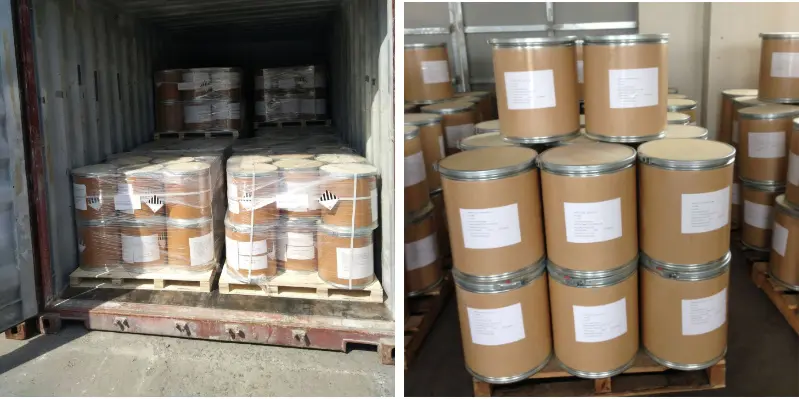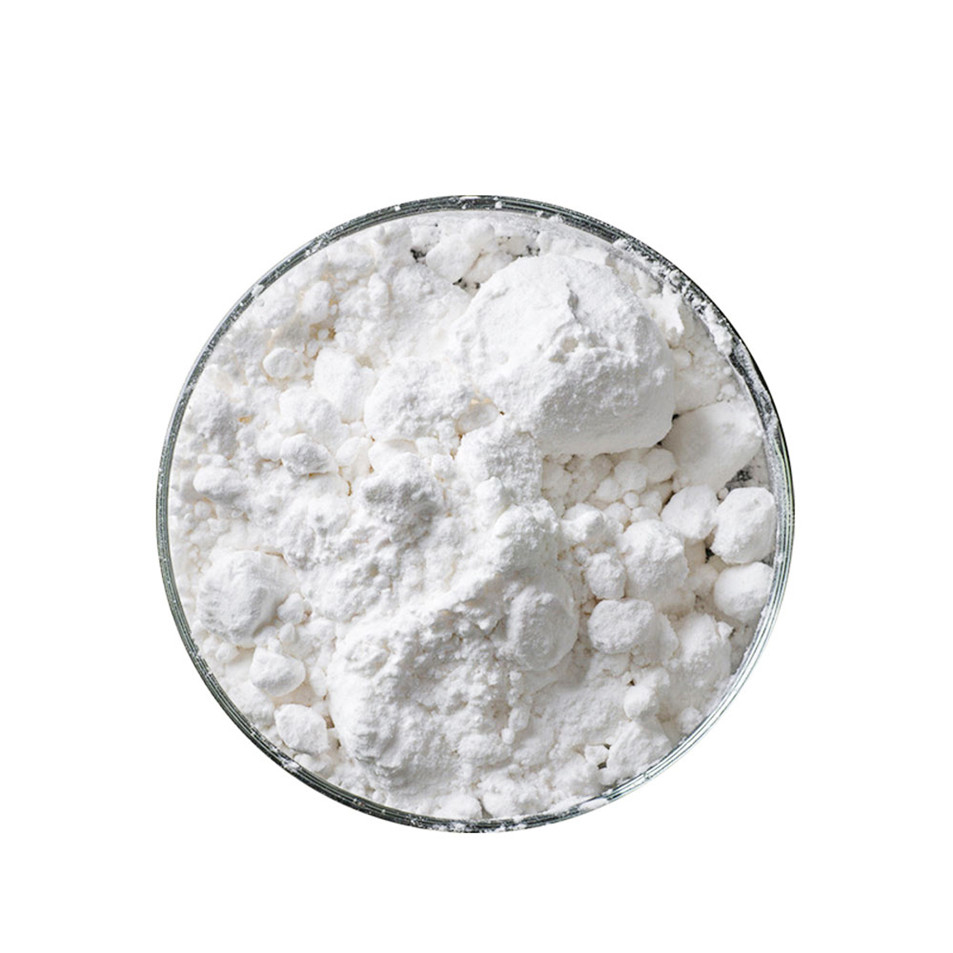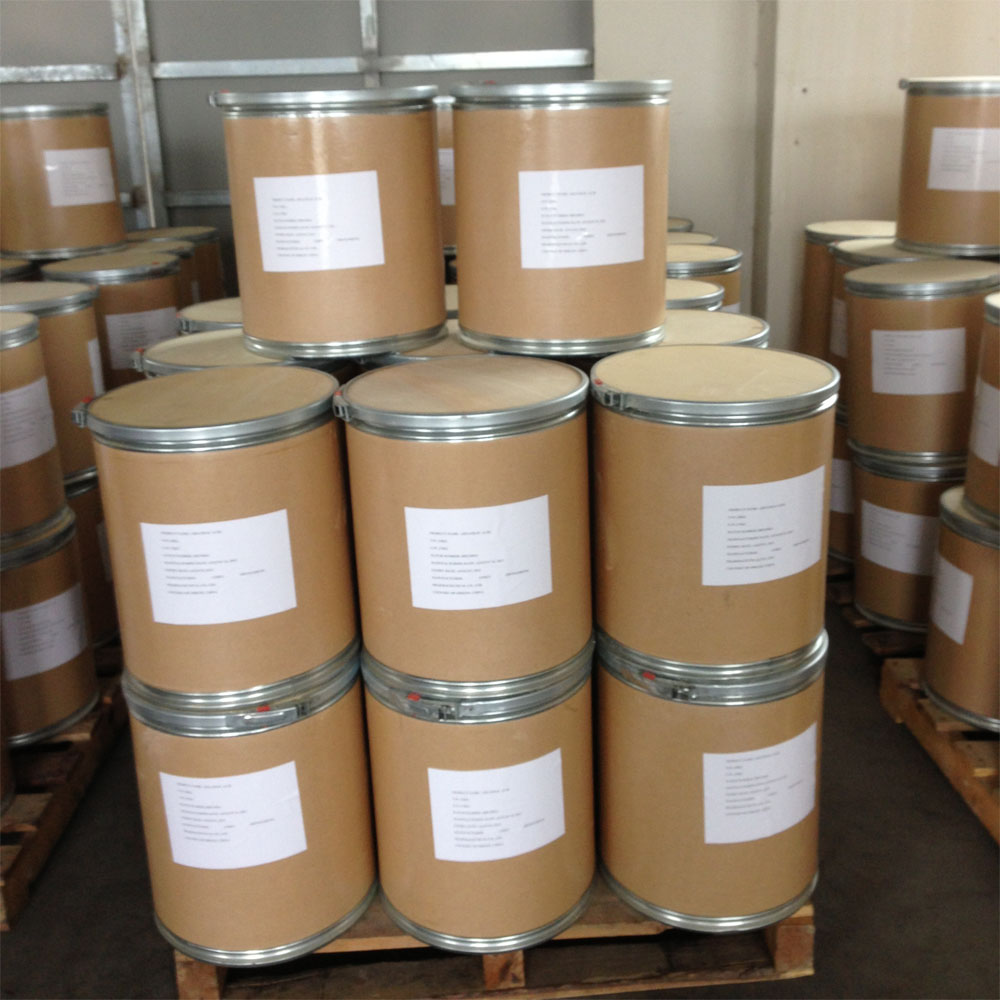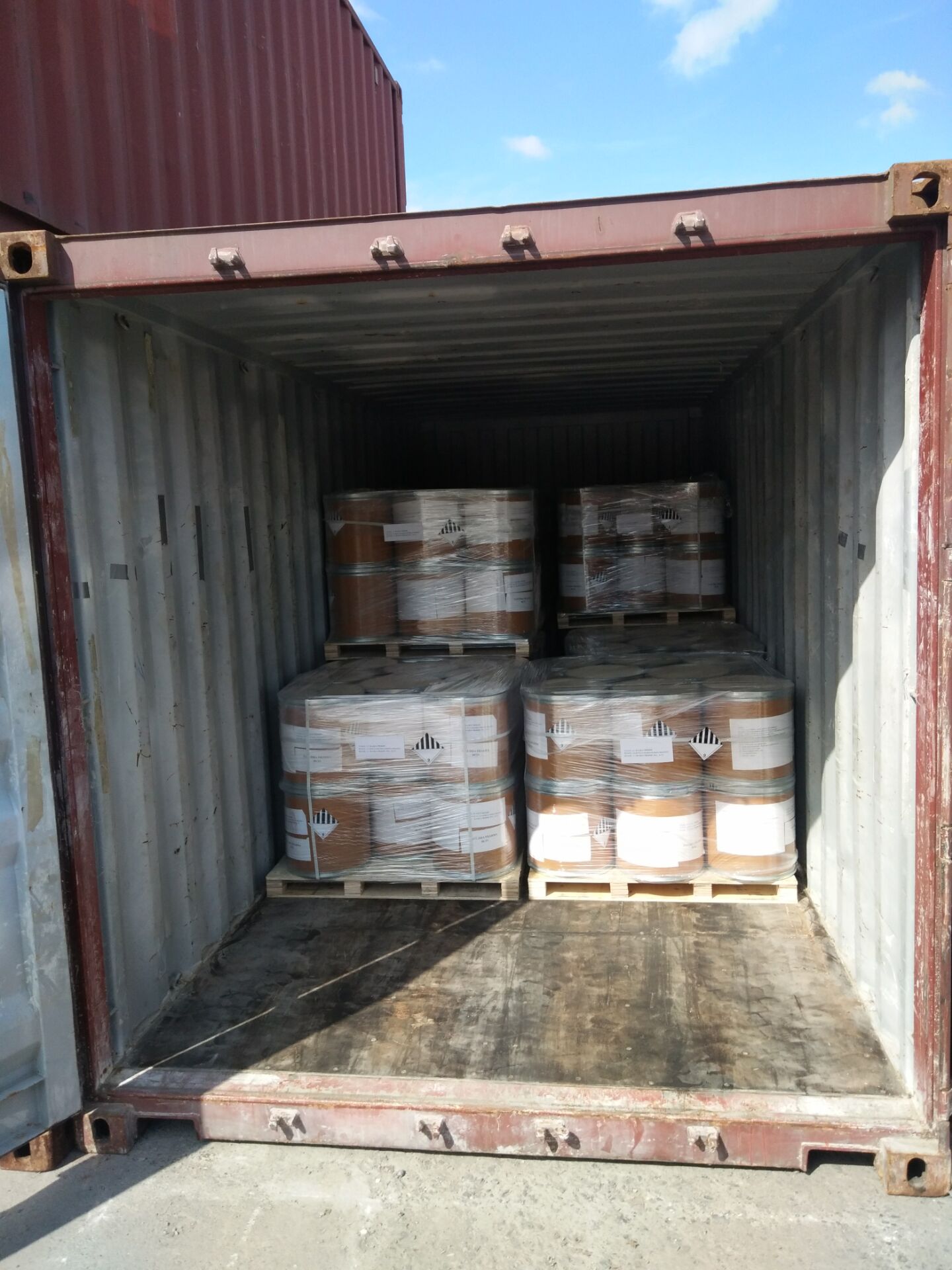Sodium amide CAS#7782-92-5
Sodium amide CAS#7782-92-5 Promotion Season Now in Store and Free Sample for Testing with Factory Price
Chemical Name:Sodium amide
CAS No.:7782-92-5
Molecular Formula:H2NNa
Molecular weight:39.01
Sample: Available
Mode of Transportation
1. By Air, fast but expensive.
2. By Sea, usual and economy.
3. By Train, suit for middle Asia countries.
4. By Express, suit for small package.
We only provide highest quality goods available, accompanied by after support!
Products Description of Sodium amide CAS#7782-92-5
Sodium amide, also known as sodium amide or sodium ammonia, is a white or olive green crystalline powder with an ammonia smell. Its chemical formula is NaNH2, its molecular weight is 39.01, its melting point is 210℃, and its boiling point is 400℃. It decomposes into sodium, nitrogen and hydrogen when heated to 500-600℃. It reacts violently with water to form sodium hydroxide and release ammonia gas. It is slightly soluble in liquid ammonia and reacts slowly with alcohol. It absorbs carbon dioxide and water rapidly in the air and should be stored in a sealed container. It can dissolve metal magnesium, zinc, molybdenum, tungsten and quartz, glass, silicate and other substances in liquid state. It is an ionic compound composed of amino NH-2, a -1 valence atomic group formed by removing a hydrogen atom from sodium ions and ammonia molecules. Sodium amide is flammable, explosive, corrosive and deliquescent. Since amino groups have lone electron pairs and are easy to bind protons, they are strongly hydrolyzed in water, and their aqueous solutions are alkaline: NaNH2+H2O=NaOH+NH3. It is soluble in liquid ammonia and hot ethanol. Dust is toxic. Severely irritates the skin, eyes and respiratory system. Contact with the skin can cause corrosive burns. In organic synthesis, it is used as an aminating agent; condensation accelerator; dehydrating agent, dehalogenating agent; polymerization initiator and raw material for the manufacture of hydrazine, sodium cyanide, azide, cyanide, hydrazine and indigo. Sodium amide is easily oxidized in the air, and a layer of yellow oxidation products is generated on the surface. Some of these oxidation products are explosive and may explode due to friction or heat. When sodium amide is heated to 300-330°C in a vacuum, it decomposes into nitrogen, sodium, hydrogen and ammonia. Therefore, it is advisable to store it in a sealed bottle filled with an inert atmosphere to avoid contact with air, water or fire to avoid explosion and fire. Sodium amide reacts with carbon monoxide to produce sodium cyanide, which can be used to produce sodium cyanide. Sodium amide is usually used as a condensation accelerator, dehydrating agent, alkylating agent, etc. in organic synthesis. In industry, sodium amide is obtained by reacting molten sodium with gaseous ammonia at 300-400°C. In the laboratory, it is obtained by reacting sodium and liquid ammonia in the presence of a catalyst at room temperature.
Sodium amide Chemical Properties
Melting point | 210 °C (lit.) |
Boiling point | 400 °C (lit.) |
density | 1.39 g/cm3 (25℃) |
Fp | 85 °F |
storage temp. | Store below +30°C. |
solubility | reacts with H2O |
form | crystalline |
color | Greyish white powder |
Odor | Ammonia like |
Water Solubility | REACTS VERY VIOLENTLY, EVEN EXPLOSIVELY |
Sensitive | Air & Moisture Sensitive |
Merck | 14,8576 |
Stability: | Stability Flammable. Reacts violently with water producing very toxic fumes. In case of fire do not use water, but instead smother with soda ash. May form explosive peroxides if heated, or if stored for extended periods in contact with air or oxygen. Incompatible with water and aqueous solutions, carbon dioxide, halogenated hydrocarbo |
CAS DataBase Reference | 7782-92-5(CAS DataBase Reference) |
EPA Substance Registry System | Sodium amide (Na(NH2)) (7782-92-5) |
Safety Information
Hazard Codes | F,C,Xi,N |
Risk Statements | 14/15-19-34-20/21-10-67-65-63-48/20-11-36/37-15/29-14-50-29 |
Safety Statements | 26-43-45-62-7/8-43D-36/37/39-27-16-61 |
RIDADR | UN 3129 4.3/PG 2 |
WGK Germany | 2 |
F | 3-10-23 |
Autoignition Temperature | 450 °C |
TSCA | Yes |
HS Code | 2853 90 90 |
HazardClass | 4.3 |
PackingGroup | II |
Hazardous Substances Data | 7782-92-5(Hazardous Substances Data) |
Factory and Equipment Show
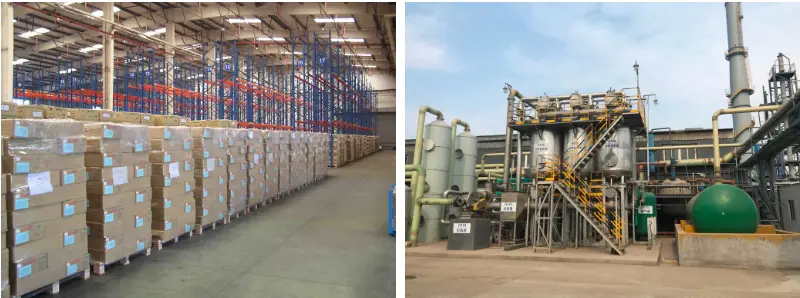
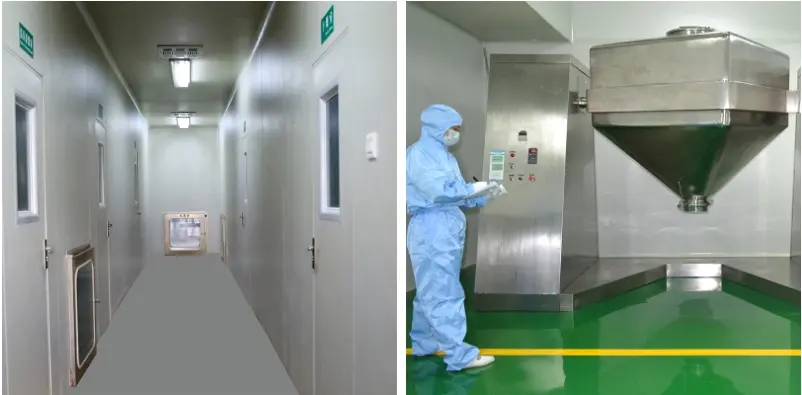
Fast transport time
Inventory 2-3 working days New manufacturing 7-10 working days
